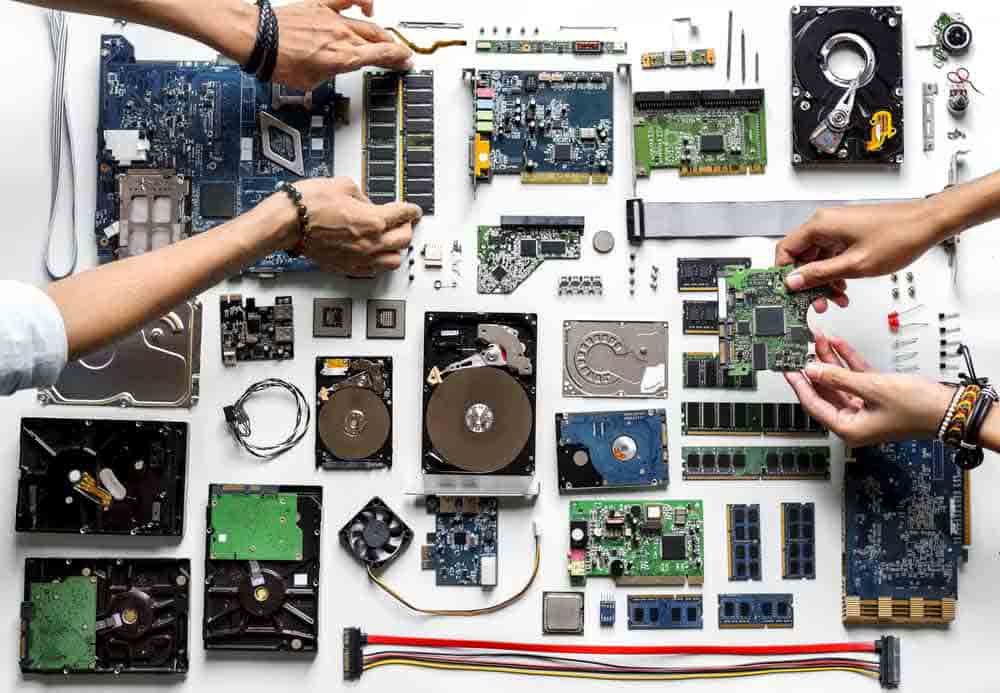Computer Hardware
Deosofts, excels in providing comprehensive Computer Hardware Services tailored to meet the evolving needs of businesses. We offer expert diagnostics, repair, and maintenance for desktops, laptops, servers, and peripherals, ensuring optimal performance. Our certified technicians conduct thorough hardware assessments, addressing issues promptly to minimize downtime. From hardware upgrades to custom-built systems, we deliver solutions aligned with clients’ requirements, enhancing efficiency and longevity. Additionally, we provide proactive monitoring and preventive measures to preempt potential hardware failures, promoting a seamless computing experience. With a commitment to excellence and cutting-edge technology, our Computer Hardware Services contribute to the smooth functioning and longevity of our clients’ IT infrastructure.

Key Components
1. Central Processing Unit (CPU): Often referred to as the brain of the computer, the CPU executes instructions from a computer’s programs. It performs calculations and manages data flow within the system.
2. Motherboard: Acting as the central hub, the motherboard houses the CPU, memory, and connectors for other peripherals. It facilitates communication between different components and ensures their seamless integration.
3. Memory (RAM): Random Access Memory temporarily stores data that the CPU uses actively. Faster access to data in RAM significantly improves system performance.
4. Storage Devices: Hard Disk Drives (HDDs) and Solid State Drives (SSDs) are common storage devices. HDDs store data magnetically on spinning disks, while SSDs use flash memory for faster data access.
5. Graphics Processing Unit (GPU): Dedicated to rendering images and videos, GPUs are crucial for graphics-intensive tasks. They enhance visual experiences in gaming, video editing, and other multimedia applications.
6. Power Supply Unit (PSU): Responsible for converting electrical power from an outlet into a form usable by the computer components. It supplies power to the motherboard, CPU, and other peripherals.
7. Input Devices: Devices like keyboards and mice allow users to interact with the computer. More advanced input devices include graphic tablets and touchscreens.
8. Output Devices: Monitors, printers, and speakers are examples of output devices that display or produce information processed by the computer.
9. Networking Components: Network Interface Cards (NICs) enable network connectivity, allowing computers to communicate and share resources. Routers and switches facilitate data transfer within a network.
10. Cooling Systems: Heat sinks and fans prevent components, especially the CPU, from overheating. Effective cooling ensures optimal performance and prolongs hardware lifespan.